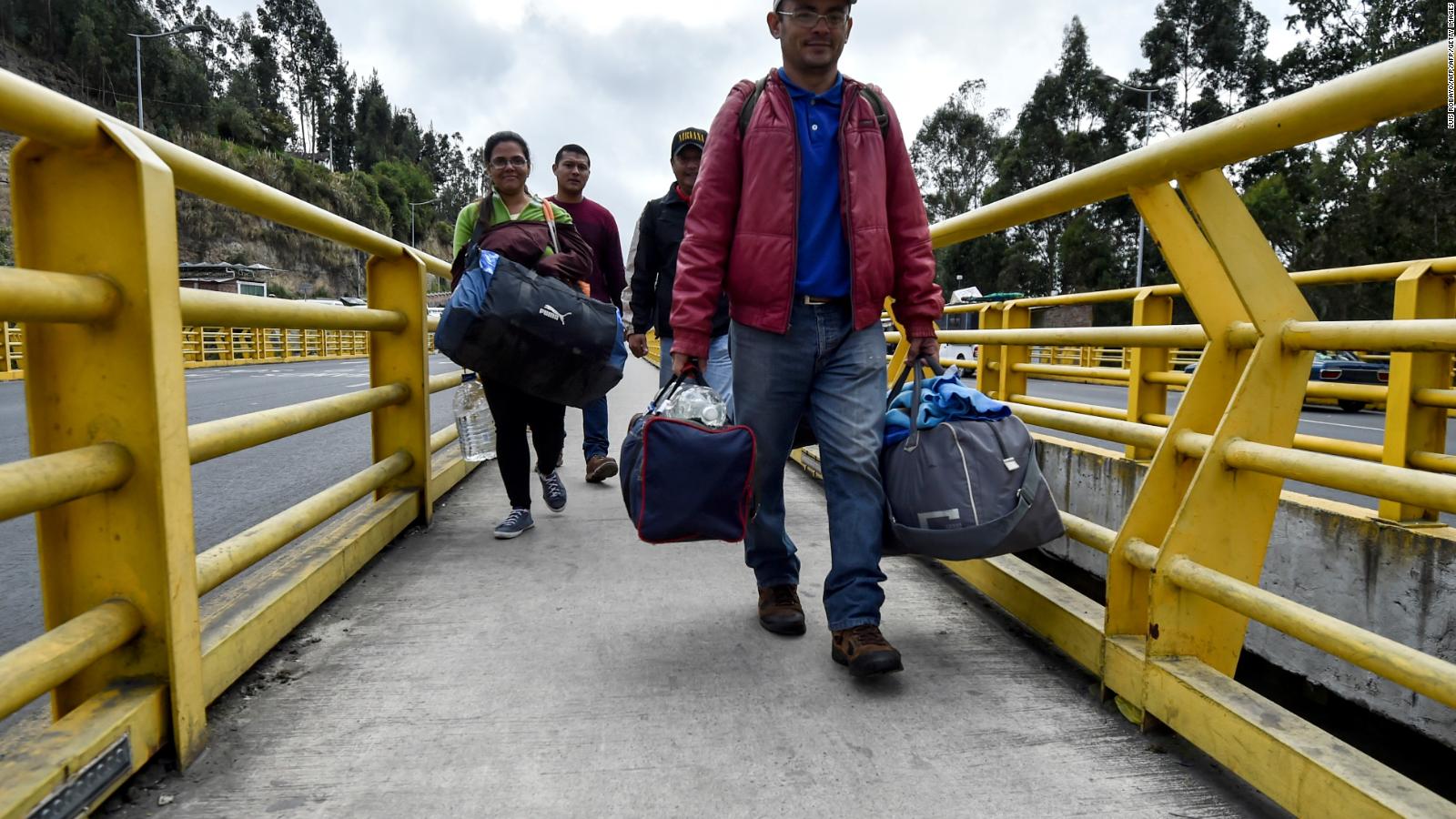Sabella Bello and Gonzalo D. Loda / EFE
It is nothing new for the Venezuelan government and opposition to use every pretext to confront and undoubtedly take any issue that one or the other puts on the table. It’s time to talk about money restructuring, which the executive is selling as a medicine for economic recovery.
The truth is stubborn and shows that one or the other is not real. Here are some keys to (or not) the currency change in Venezuela, which already has two similar experiences, two paradigms that give and take reasons.
1.- Forecasts
This restructuring, which takes effect on October 1, is the third so far in the 21st century, therefore, under governments known as the Bolivarian Revolution.
First, the removal of three zeros from the currency was announced in 2007 and took effect on January 1, 2008. The process was planned and launched after a long civil education, without the haste caused by the high inflation that Venezuela has experienced since November 2017. Venezuelans are familiar with the then-born Bolivar Fuerte.
In 2018, Nicolas Maduro was already president and engaged in a high inflation cycle with Venezuela, the second restructuring was launched, initially, it was going to eliminate another three zeros, but it was finally eliminated by five. The coin was renamed the Sovereign Bolivar.
2.- Its effects
The first of the restructures sought to “give more efficiency to the country’s tariff system,” as well as to “strengthen confidence in the national currency,” according to then-President Hugo Chavez.
In 2018, Nicolas Maduro announced that the sovereign Bolivar would represent “a new monetary system to stabilize and transform the country’s monetary and financial life in a radical way.”
Those motives were further removed from reality: high inflation had not stopped, the purchasing power of the country had been destroyed and under his sovereignty of sovereignty, Venezuela’s foreigners began to look for a better future abroad.
3.- Digitization or Exemption?
With Bolivar’s digitalization, the government is now proposing something new, a fact that has been around for years. As a result of high inflation, a shortage of paper money led to the forced use of sites such as “mobile payments” or instant transfers from bread to utility bills to pay in local currency.
Although it is not known, at present, no news brings much publicity to digitalization, at least in principle, which is not as widespread as it is today — money is seldom used because of its low value — from which a Bolivar coin and 5, 10, 20, 50 and 100 The announcement that bills will be introduced raises more physical payments and fewer digital payments.
In addition, the new Bolivar, despite its creation being supported by BCV in the digitalization of the economy, faces poor internet connectivity and constant power outages, which reduces the possibility of performing digital functions, making it an already known problem and in many cases, even making it impossible to use databases to make payments with the common card.
4.- Co-operation with the dollar
Although the government is promoting its new strategy as a way to consolidate the national currency, it has not made clear how it will ensure maintaining its initial value. Regains lost strength. Years ago.
Otherwise, something that would be consolidated – even more so – was the US currency baptized by President Nicolas Maduro as the “criminal dollar,” before which, inevitably, he surrendered as the lifeblood of the country’s economy. Today, 90% of business transactions are done in dollars.
Looking to the future, the digital bolivar must take its first steps in conjunction with the dollar, which depends on the economic miracle of the third monetary restructuring.
5.- In search of the end of hyperinflation
For the new currency to be born successfully, the hyper inflation that has been disappearing for months must come to an end.
According to economists, this will only be achieved if the severe financial imbalance that the government solves with monetary value is stopped.
One of its key features is to increase the state’s revenue and, therefore, not only stop the flow of mineral money into the economy, but also stop financing the central bank.





